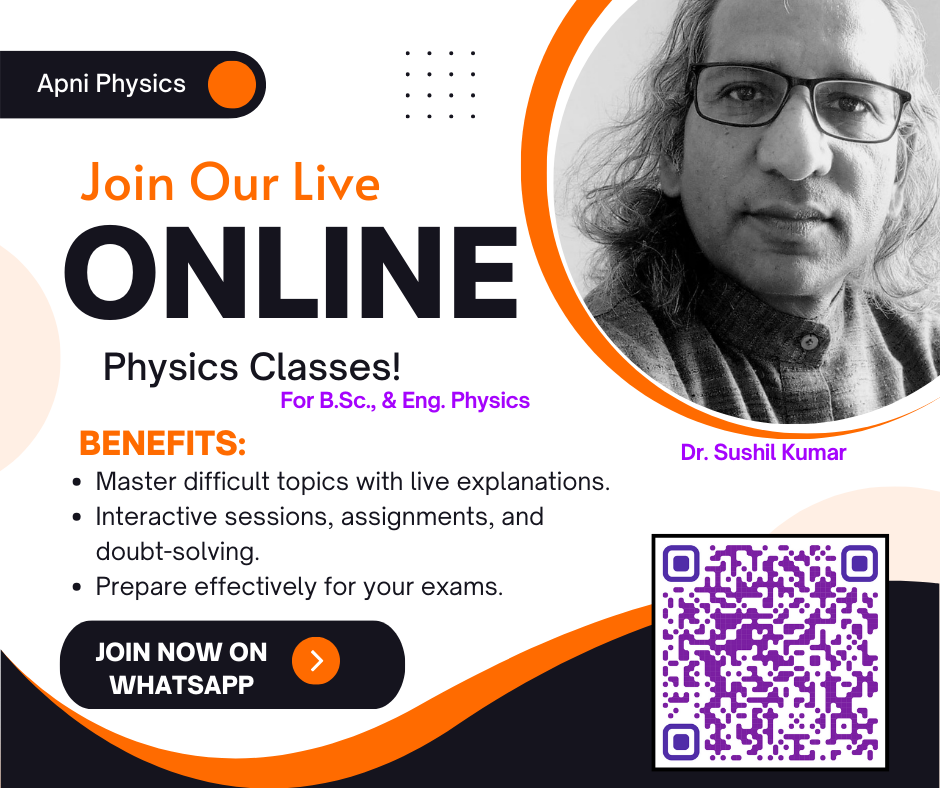Check your knowledge about Davisson and Germer Experiment, for clarity of physics concept, you can attempt this Quiz.
If you have not read earlier article of Davisson and Germer Experiment, you can read here
Quiz Davisson and Germer Experiment
This quiz will help you how you have learn about the concepts of the Davisson and Germer Experiment. Check your learning and concepts.

